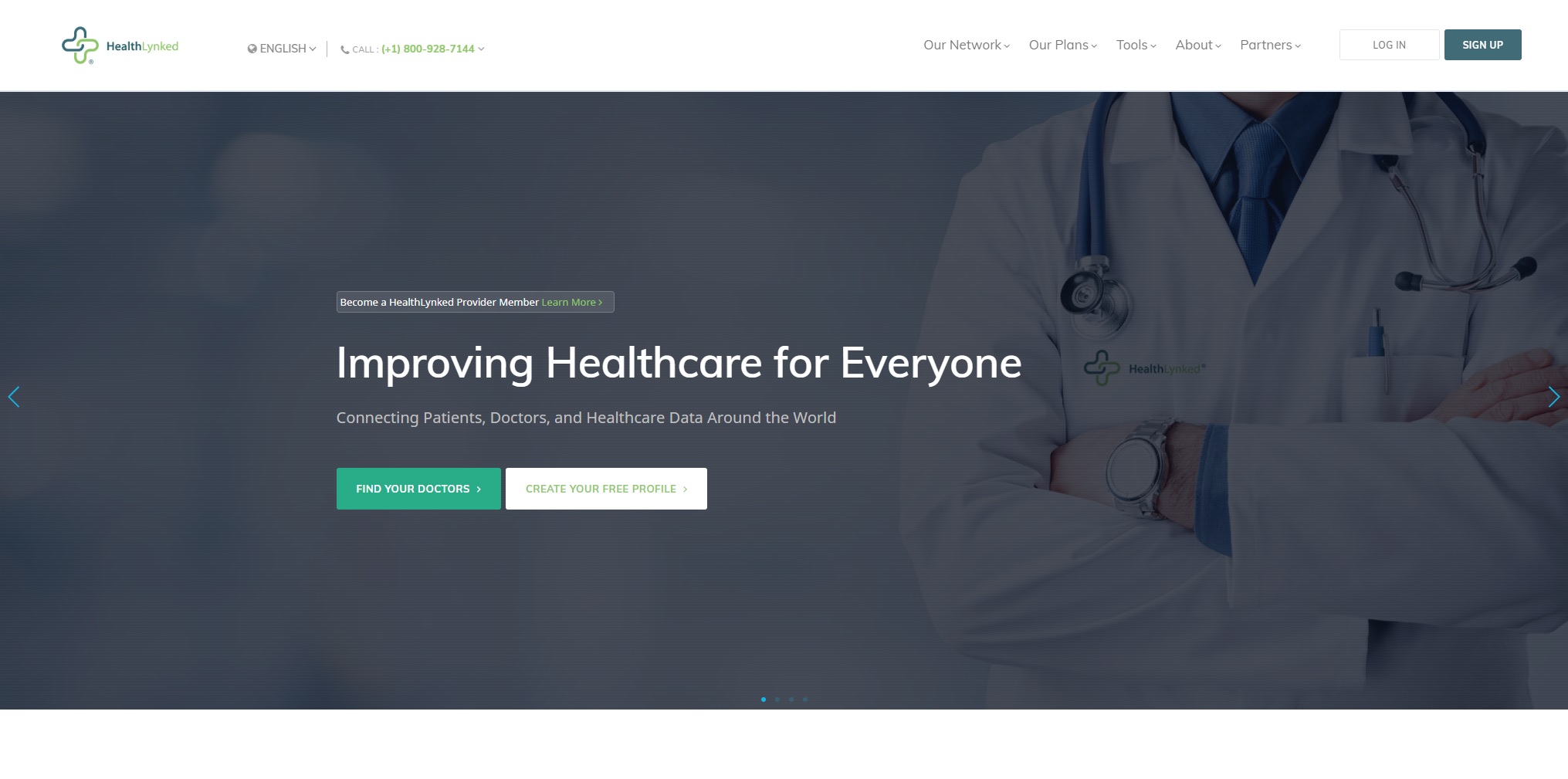Best coronavirus news apps and websites: How to stay in the know

COVID-19, a highly infectious and difficult-to-treat coronavirus, has been all over the news the past few weeks. On the one hand, it’s good to stay informed about a public health hazard. On the other hand, it also means that there are plenty of opportunities for misinformation about the virus to spread.
To stay healthy — and to stay sane — it’s important to make sure your COVID-19 information comes from reliable sources. To that end, we’ve compiled some of the best apps and websites for coronavirus news. Read on to find useful information about the science of the disease, how to limit its spread and what to do until the pandemic passes.
- Coronavirus travel ban: Everything you need to know
- Social distancing: What is it and how can it slow the spread of coronavirus?
- Reduce your stress: Best relaxation apps
CDC

Public health sources don’t get much more reliable than the Centers for Disease Control, at least in the United States. You can download the CDC app for either iOS or Android, and get the latest information about COVID-19, its spread and its containment.
What’s especially good about the CDC app is that it doesn’t just share news; it also shares practical recommendations. The organization provides prophylactic measures, advice for people who feel sick, lists of symptoms, steps to safeguard your home and more. From travelers, to employers, to caregivers (for both children and the elderly), there’s useful, meticulously fact-checked information for everyone.
There’s a map that shows you where doctors have recently diagnosed COVID-19 cases; there are daily updates on effective and ineffective treatments for the disease. It’s all calm, rational, verified information from experts in their fields. It’s not updated as quickly as a news app — but it’s also much less likely to accidentally mislead anyone.
World Health Organization

While the CDC is a great resource for American readers, the World Health Organization’s mission is to keep the whole world healthy. As such, it has country-specific recommendations, daily situation reports and helpful FAQs for anyone who wants to stay in the know. The website is also available in a variety of different languages, including Portuguese, Mandarin, Arabic and Russian.
Like the CDC, the WHO comprises some of the world’s leading health experts, and all of the website’s information is vetted before it reaches everyday readers. Furthermore, the WHO exists for exactly this purpose: to promote public health by limiting the spread of disease. Some of the information on the website is geared more toward doctors and professionals than toward everyday readers, but most of the language is comprehensible to an educated lay audience.
Get instant access to breaking news, the hottest reviews, great deals and helpful tips.
While the WHO has an iOS app, it hasn’t been updated in five years. Stick to the mobile website.
LiveScience

Tom’s Guide’s sister site, LiveScience, is my personal favorite resource for health and science stories. (And I’m not just saying that because all the writers are very lovely people.) The stories on LiveScience come from experienced science writers, who are trained to differentiate between hard facts, expert analysis, educated speculation and baseless conjecture. The information on this website is reliable, accurately sourced and updated frequently. The site even does a weekly video update where readers can ask questions directly.
However, LiveScience is not the only good science publication out there, and you can substitute your favorite here. Scientific American, National Geographic, Popular Science and similar titles are all excellent at separating legitimate public health stories from misinformation — or worse, disinformation.
Johns Hopkins Coronavirus Resource Center

As an alumnus, I would be remiss if I didn’t mention the Johns Hopkins Coronavirus Resource Center. This website provides daily situation reports, advice for staying healthy and even links to Twitter feeds from Johns Hopkins scientists, who keep the public informed from minute-to-minute. JHU hosts live webcasts from the Bloomberg School of Public Health, and lets you subscribe to a variety of e-mail newsletters.
However, the reason why most people know about the JHU Coronavirus Resource Center is because of its excellent interactive map, which tracks cases all around the world in real-time. These are not self-reported; these are based on data from the WHO, the CDC and other national health organizations.
More importantly: The interactive map shows both the total deaths, and the total amount of recoveries. Most other outlets just focus on deaths, which paints a misleading picture of COVID-19’s mortality rate.
A note on other apps

Google and Apple are both cracking down on coronavirus and COVID-19 apps — and rightly so. Neither search term brings any results in the Google Play store, and only a few results in the Apple App Store. The companies seem to have decided that it’s better to limit their app selections than to let spurious apps crop up and spread fear.
However, Apple has allowed a few coronavirus apps to crop up — and I cannot recommend any of them. While I can’t vouch for the apps in Spanish or Tagalog, the top app among English speakers is more likely to sow confusion than to spread useful information. It’s called HEALTHLYNKED COVID-19 Tracker, and — unbelievably — some other reputable news sites have recommended this app.
The app purports to show a map of where COVID-19 has spread within the United States. But here’s the rub: Users can self-report cases. This makes the app incredibly prone to both deliberate misuse and accidental hysteria. I also wonder how reliable the rest of the app is, given that one of the screenshots promoting it misspells the word “asymptomatic.” It’s possible that the designers of this app meant well, but the final product seems both opportunistic and prone to abuse.
As such, the best apps you can install are news apps — sort of. News apps give you up-to-the-minute information about what’s happening in the world, and you can set up keywords like “coronavirus” or “COVID-19” to monitor stories about the disease as they develop. But as I learned while researching this story, even journalists at respected outlets are not necessarily health experts. They can share misinformation, and that misinformation can spread quickly, particularly in publications with large audiences.
What else you need to know
As far as other resources go, you’ll have to judge them for yourself. But remember: Before you take any report at face value, think like a scientist. What is the source for the story? Where does the data come from? Is it reliable? What is the purpose of this publication/organization?
(And, it’s not a pretty question, but you must also ask: Does it stand to gain anything from misleading the public?)
In the meantime, follow common sense procedures: Wash your hands frequently, avoid large gatherings, and arrange to see a doctor if you develop symptoms. Believe it or not, you may also wish to limit your exposure to news media, as it can be an unnecessary source of anxiety, according to one Johns Hopkins researcher.

Marshall Honorof was a senior editor for Tom's Guide, overseeing the site's coverage of gaming hardware and software. He comes from a science writing background, having studied paleomammalogy, biological anthropology, and the history of science and technology. After hours, you can find him practicing taekwondo or doing deep dives on classic sci-fi.
